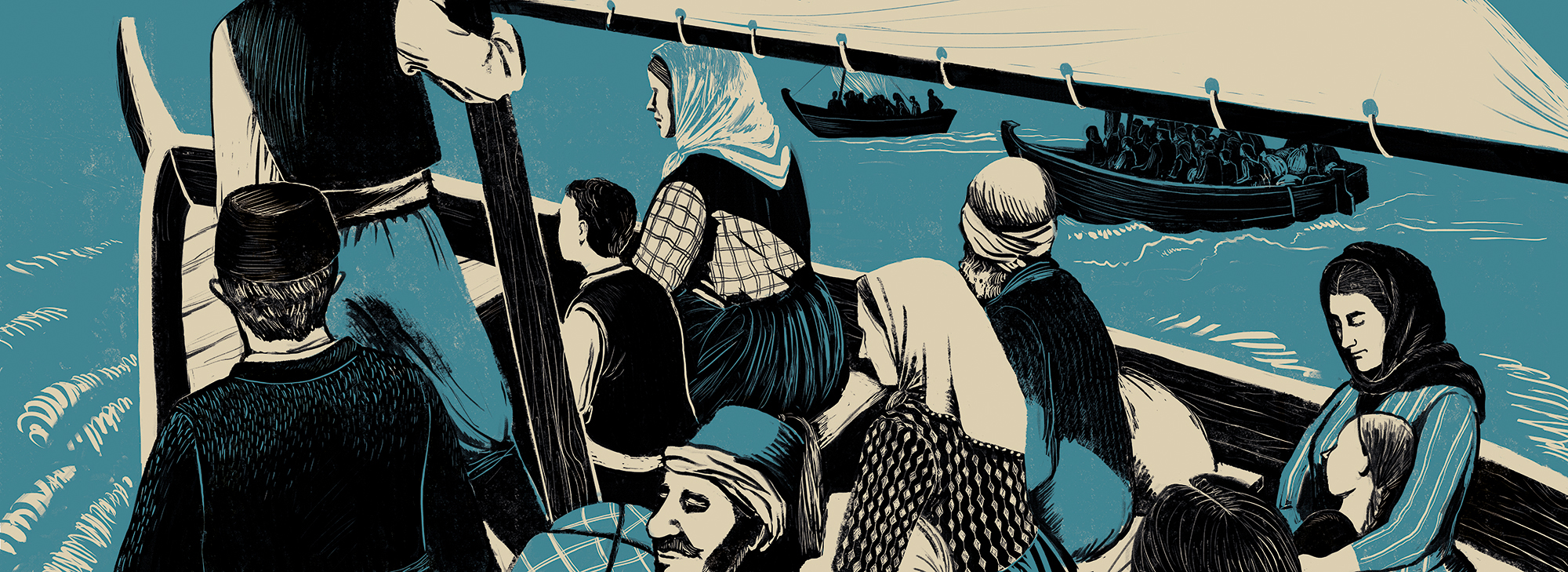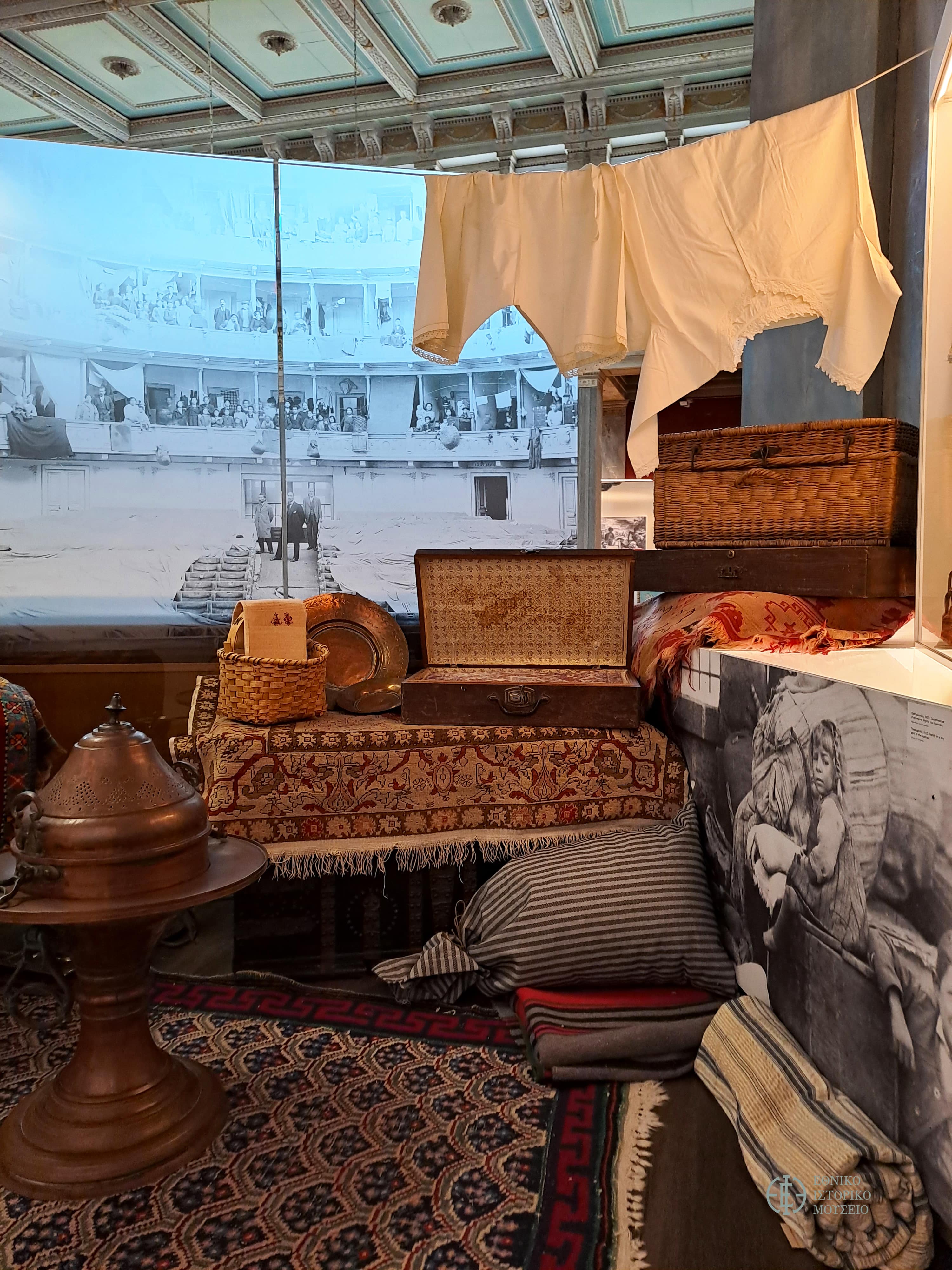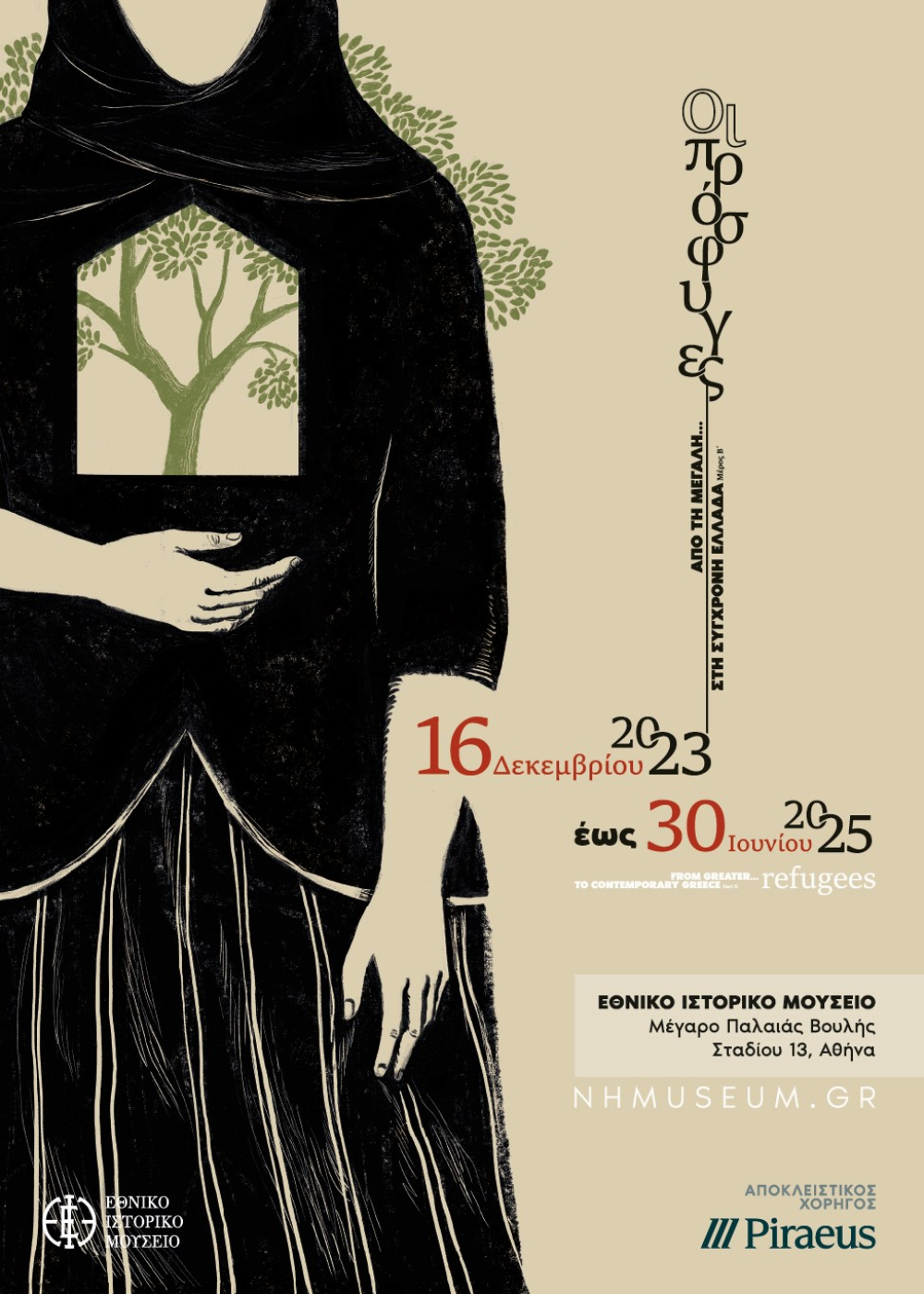Refugees
- "I have [...] only to address the following plea to every Greek: Every refugee that you see on the street, and the last little woman in rags and in black, is worthy of all our gratitude. They are the living monuments of Greater Greece, they are the representation of devotion to the homeland, they embody national suffering and the beautiful hope for tomorrow.".
Eleftheron Vima newspaper, 28 October 1925

From the beginning of the Greek Revolution (1821) to the Treaty of Lausanne (1923), the demographic composition of modern Greece was shaped by world-historical events in the Eastern Mediterranean region: wars, border changes, the establishment of new states, persecutions and population exchanges led to increased refugee flows of fellow Greeks to the country.
The War of Independence (1821-1828), the uprisings in the irredentist regions, the purges of minorities in the Ottoman Empire, the Balkan Wars (1912-1913), Greece's entry into the First World War (1917) as a rival of its neighbours, the October Revolution (1917) and the changes in the policy of the Great Powers created dramatic conditions and increased mobility in the region. Greece's inability to retain its gains from World War I resulted in the violent uprooting of the Greeks from Asia Minor and Eastern Thrace and the forced exchange of populations between Greece and Turkey.
Throughout the century between the destruction of Chios (1822) and the catastrophe of Smyrna (1922), violence and fear pushed people away from their homes, towards an uncertain future.

The National Historical Museum inaugurates the second part of the exhibition "From Greater… to Contemporary Greece", which follows the completion of the nation's formation in terms of borders and population. Subtitled "The Refugees", the exhibition focuses on the demographic configuration of Greece through the population movements over a century (1821-1923).
The aim of the exhibition is to present the refugee phenomenon as fully as possible, through the issues that have always concerned people who found themselves in the predicament of having to abandon their ancestral homes. Human stories illuminate facets such as forced flight, the difficulties of travel, reception, settlement, trauma management, integration in the new homeland, and memory. What they have in common are the timeless feelings of the persecuted people, fear and despair, the acceptance of destruction and loss, perseverance and endurance, the tenacity to survive. And at the same time, solidarity and support, the efforts of both compatriots and foreigners to help, but also the suspicion, indifference and hostility of many others.
The exhibition presents photographs, historical documents and objects from the Museum's collections, accompanied by testimonies, quotes from sources and press articles. A large number of institutions and private individuals, perhaps the largest of any Museum exhibition, have donated archival documents and relics.
The exhibition was curated by Ms. Natasa Kastriti and Ms. Regina Katsimardou in collaboration with Ms. Iphigenia Vogiatzi, Ms. Androniki Markasioti and Ms. Anna Kandia.







